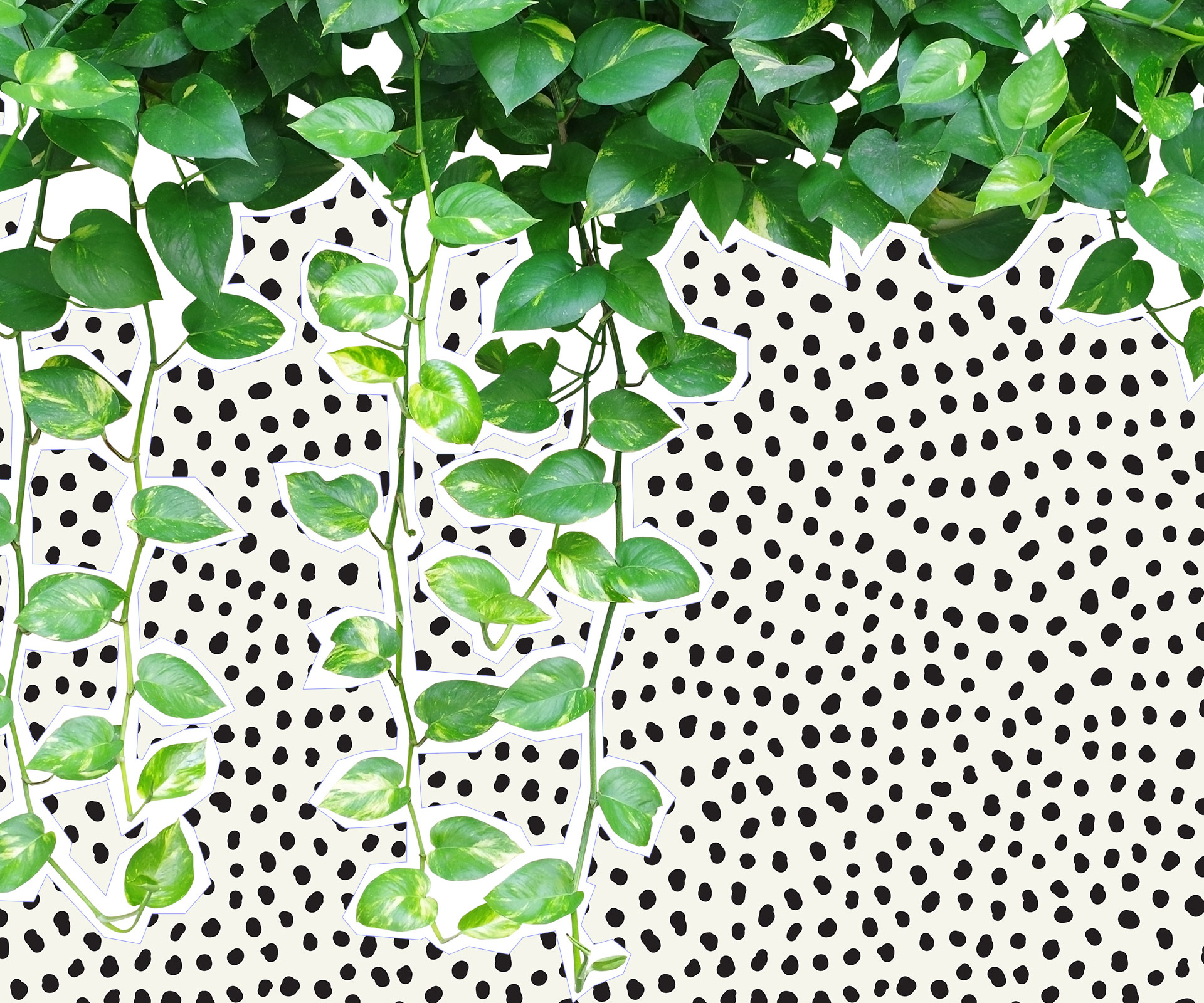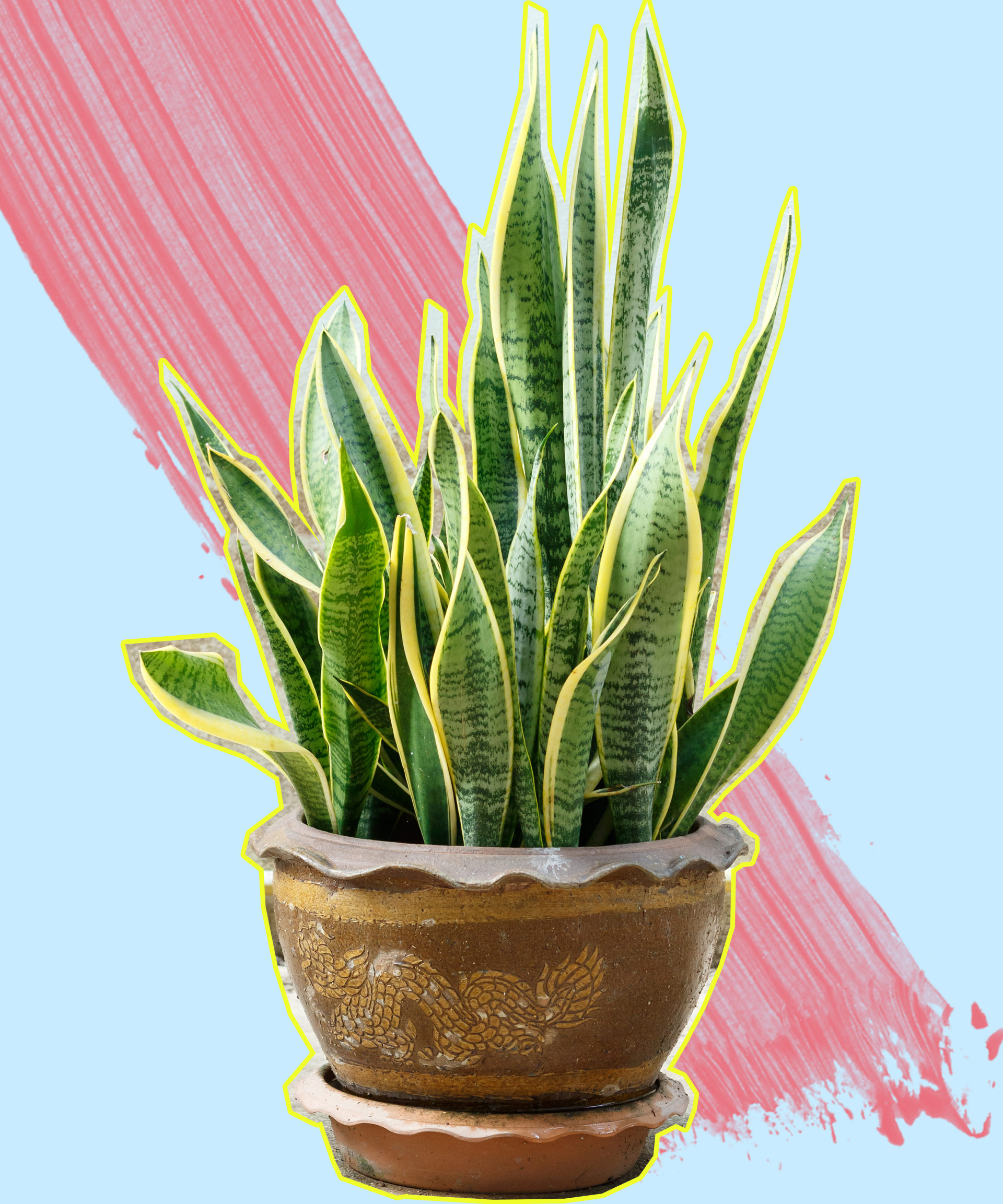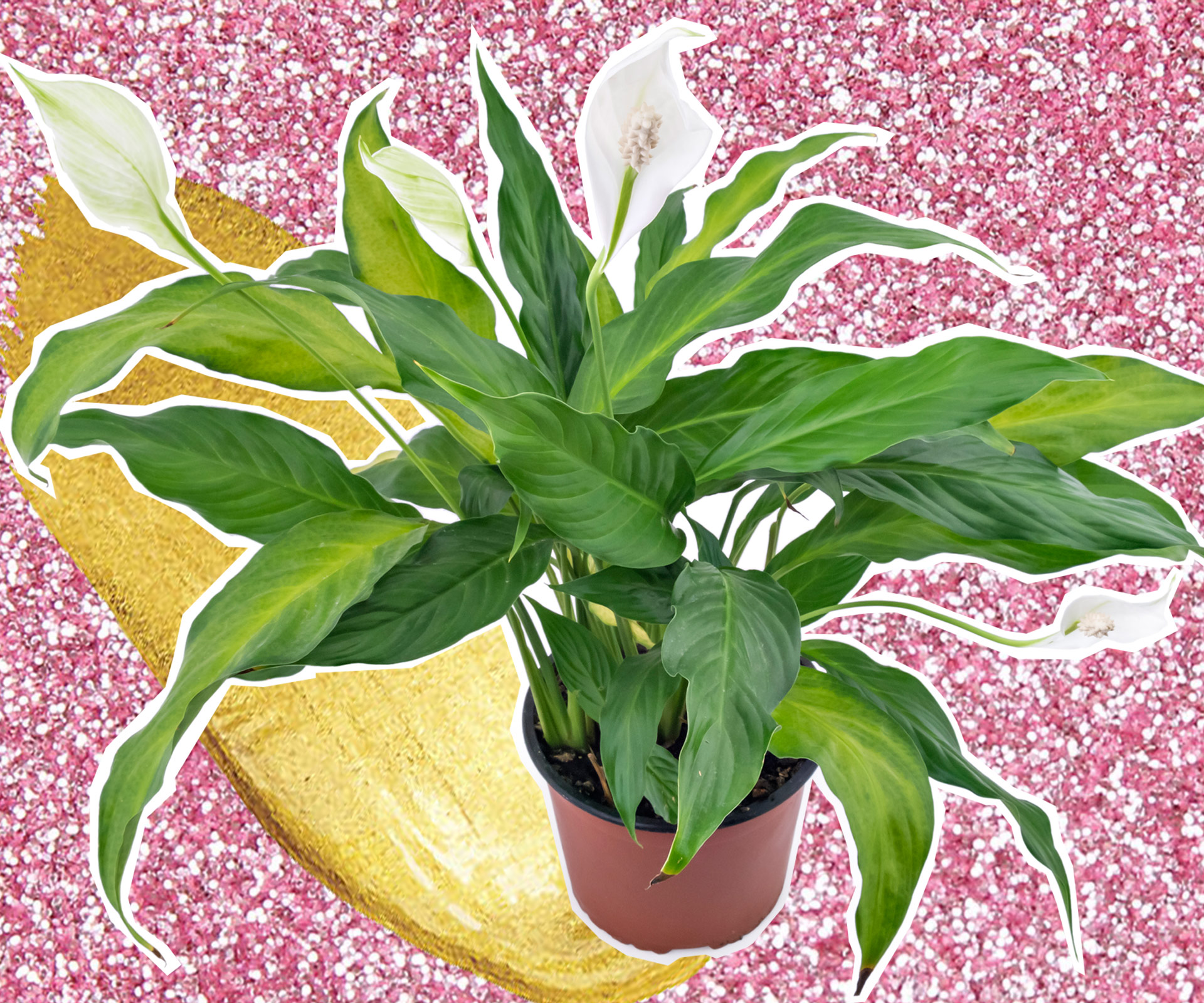Science has confirmed what those of us with green thumbs have deep down known all along; that living among plants can quite literally give you life.
That’s right, a recent Harvard study conducted over an eight-year period found that ladies who surrounded themselves with Instagram-worthy greenery had significantly lower mortality rates than those who didn’t – 12 per cent lower, to be exact.

Not only that, but in addition to a number of factors which included increased opportunity for social engagement, higher physical activity and lower exposure to air pollution, the plants were also found to improve participants’ mental health.
“Improved mental health, measured through lower levels of depression, was estimated to explain nearly 30% of the benefit from living around greater vegetation,” the study authors said.
As you’re now probably/most definitely feeling inclined to go on a plant-shopping spree, we’ve taken the liberty of rounding up three of our favourite indoor plants that are not only hard to kill, but can actually remove toxins from your home.
Because, as we now know for sure, a happy home is a healthy home.

Looking for a low-maintenance plant you can neglect?
DEVIL’S IVY
This easy-to-keep beauty – it doesn’t require direct sunlight, but the soil should be kept moist – doubles as a lean, green toxin-obliterating machine.
All while sitting pretty in your bathroom or living room, Devil’s ivy, also known as golden pothos, fights against nasty toxins like xylene, benzene, formaldehyde and trichloroethylene. Just be sure to keep this plant out of reach of your cat or dog; when ingested, Devil’s ivy is toxic to pets.

Commonly referred to as ‘mother-in-law’s tongue’, these guys are anything but unfriendly.
SNAKE PLANT/MOTHER IN LAW’S TONGUE
One of the most resilient indoor plants of the bunch (you can leave it in your bedroom with low light, only watering it occasionally, and it will continue to thrive), the mother-in-law’s tongue is not only rich in colour, but toxin-fighting qualities, too.
According to research conducted by NASA, the mother-in-law’s tongue, also known as the snake plant, filters a chemical called formaldehyde, which is commonly found in cleaning products.
Not only that, this plant, differentiating from its green-leafed counterparts, absorbs carbon dioxide and releases oxygen – perfect for purifying the air in your bedroom while you’re sleeping.

The Peace Lily earned it’s lovely name.
PEACE LILY
When it comes to plants that remove toxins from the air, you can’t go past the elegant, simple-to-keep peace lily.
In all its white-and-green glory, this popular houseplant, which thrives without too much watering and little sunlight, works to naturally cleanse your home of pollutants like acetone – a nasty carcinogen inherent in polishes and paints.
Like Devil’s ivy, it’s best to keep this plant away from your pets.
Find out which indoor plant is right for you by taking our quiz below!


